Language is always changing. That’s true for spoken languages, but it’s also true for signed languages.
A new study of British Sign Language shows that younger signers are avoiding older, more offensive signs and using new versions instead. What’s with the new signs?
Linguist Daniel Midgley investigates on this episode of Talk the Talk.
Listen to this episode
You can listen to all the episodes of Talk the Talk by pasting this URL into your podlistener.
http://danielmidgley.com/talkthetalk/talk_classic.xmlShow notes
Signs in British Sign Language (BSL) are changing:
http://www.guardian.co.uk/society/2012/oct/07/british-sign-language-changing?newsfeed=true
http://www.dailymail.co.uk/news/article-2214467/Signs-times-Deaf-people-drop-hand-signals-use-slanted-eyes-Chinese-limp-wrist-gays.html
Data comes courtesy of the BSL Corpus Project
http://www.bslcorpusproject.org/data/region/glasgow/task/lexical-elicitation-task/age-group/16-40/
Auslan still uses an old sign for ‘Chinese’, but the new one exists. You can use this link to look up other words in the Auslan Signbank, too.
http://www.auslan.org.au/dictionary/words/Chinese-1.html
Or, if American Sign Language (ASL) is more your thing, you can look up signs here too.
http://www.aslpro.com/cgi-bin/aslpro/aslpro.cgi
Trevor Johnson’s book is full of information about Auslan.
http://www.academia.edu/792102/Auslan_The_Sign_Language_of_the_Australian_Deaf_community._The_University_of_Sydney_unpublished_Ph._D









